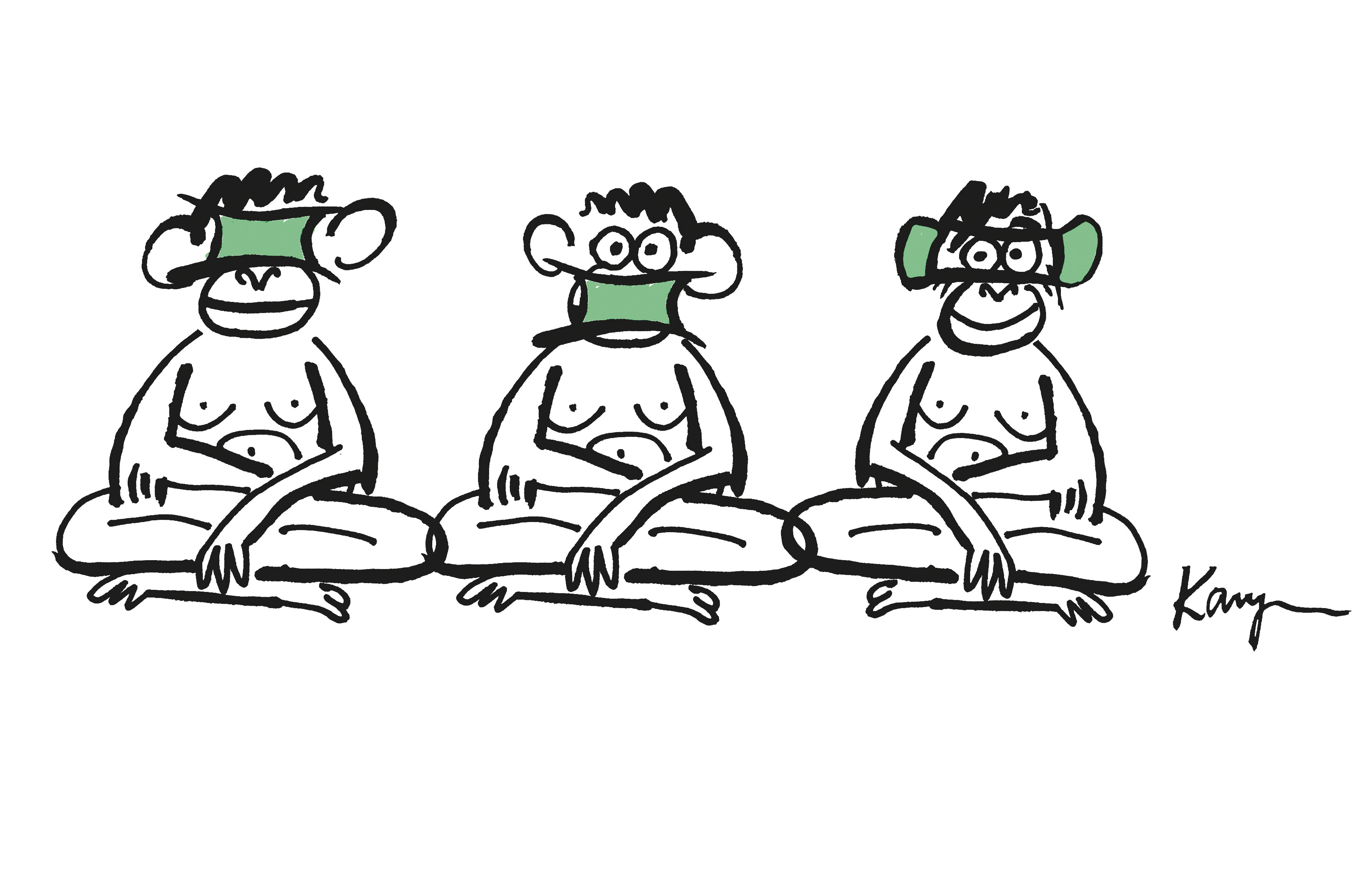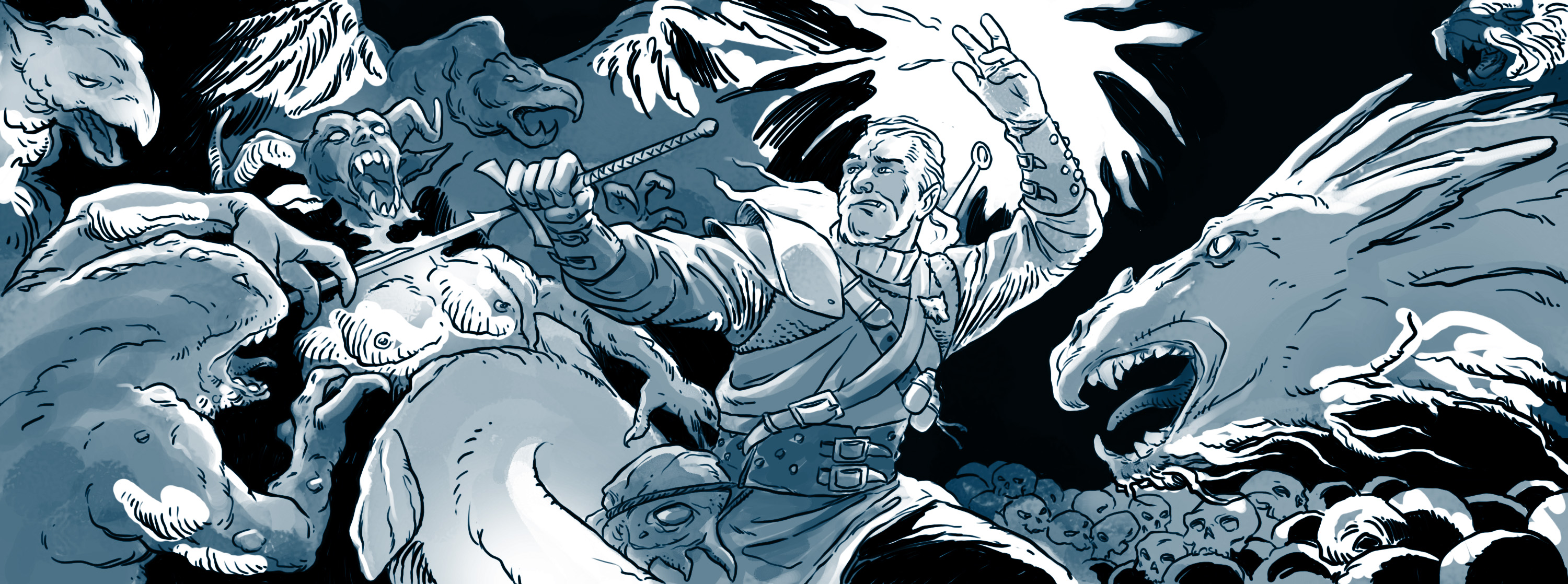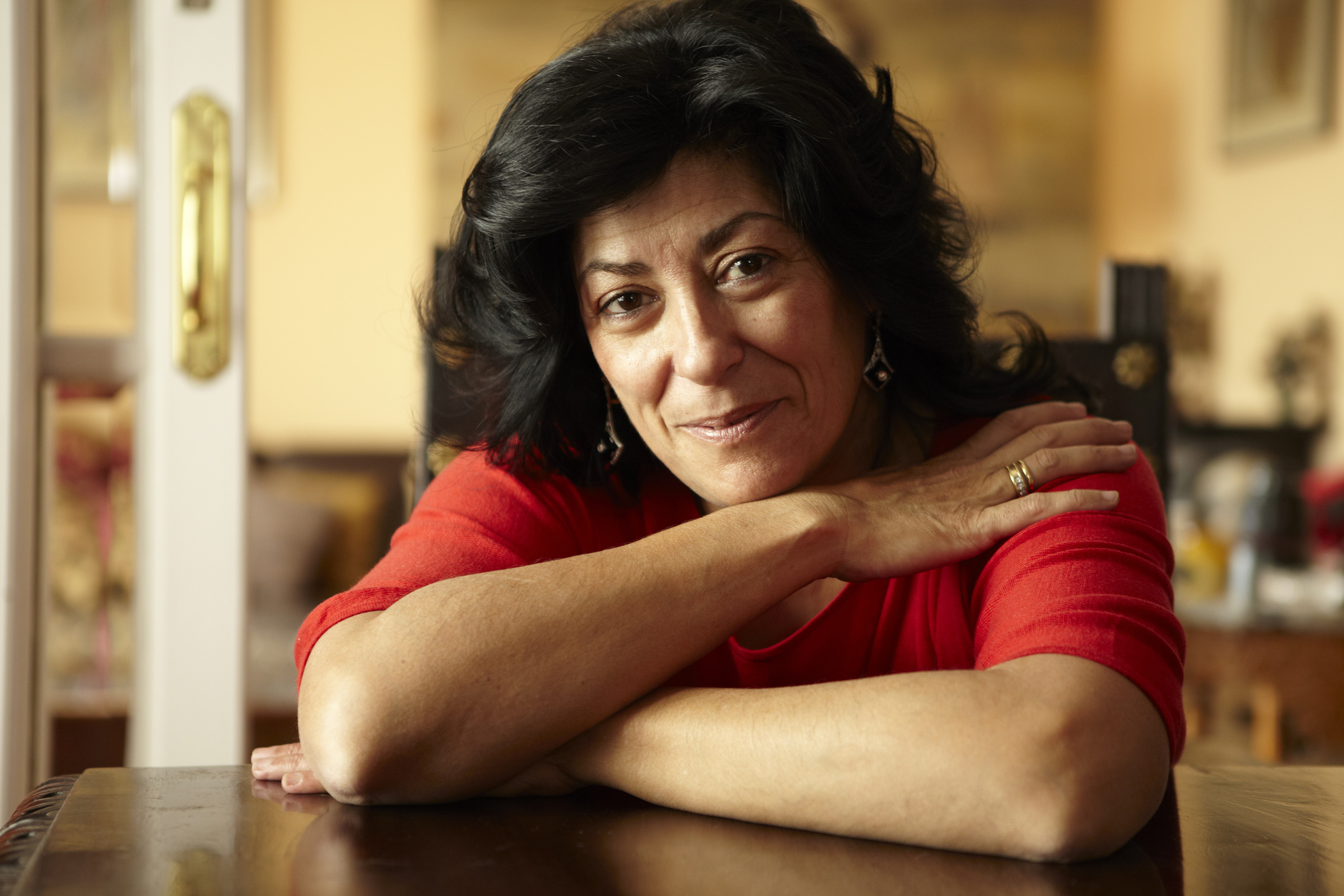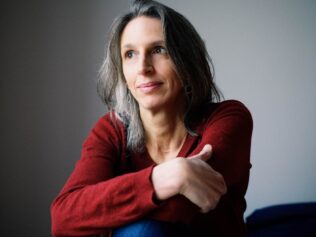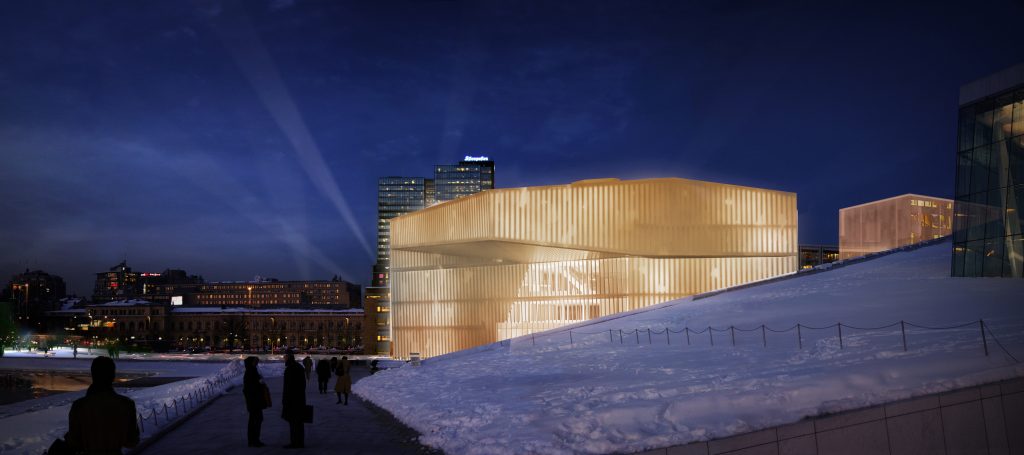
I hear the following more often than I would like from some of my fellow educators: “My students can’t or won’t discuss climate change. They’re too privileged/preoccupied with their phones/just not interested.”
Of course these young people—these adolescents, these Gen Z college-goers—don’t want to discuss this with us. We are literally (literally) asking them to confront their own mortality.
Despite the incredible groundswell we are now witnessing around the youth-led climate movement—the school strikes, the UN protests, the anger and the vision of children and teenagers like Greta Thunberg—many of my students hear the words we have 18 months to tackle climate change or it will be too late and they think that in 18 months they are going to die. Maybe this thought is what inspires them to join the youth climate movements or Extinction Rebellion; or more crucially, maybe this is the thought that paralyzes them, anesthetizes them, and keeps them away and keeps them asleep.
I explain to them that the planet is not going to spontaneously combust change in the next 17 or 18 months if we do not “solve” climate change. As a scientist and a science educator, I recognize that to acknowledge the uncertainty inherent to any scientific endeavor, including climate science, risks giving power to denialists. But the choice (even if it’s a forced choice) of 1, 2, 3, or 5 degrees Celsius of global warming was never a scientific one: it is a social and political one, extrapolated from the science, of what we want the future to look like weighed against what we can sacrifice to get there and how fast we can do it.
We are constantly bombarded with messages of “climate catastrophe,” “cataclysm,” and, my least favorite, “apocalypse.” We are in the crisis now and we need, as ecofeminist scholar Donna Haraway says, to stay with the trouble. In order to do so, we need narratives that are not naively optimistic about the future of our species and the others that inhabit this planet alongside us. We desperately need narratives that move past apocalypse as an endpoint, not only because there are people and societies already living in the Western world’s vision of climate apocalypse on a daily basis, but because looking at the climate crisis as an apocalypse can only inspire a helpless waiting for the post-apocalypse to arrive, suddenly, to cleave the past from the future.
Climate is not weather, weather is not climate, and we don’t do ourselves any favors by thinking that climate scientists can provide us with an appropriately optimistic or apocalyptic forecast for our zipcode 18 months or 5 years from now. Instead we need stories that showcase a variety of possible futures, from the bleak to the hopeful.
This is where I look towards speculative fiction, as a writer and reader, to a genre that dabbles in both presents and futures. Pushback against a trend of apocalyptic, dystopian climate futures has inspired the speculative sub-genre solarpunk, which grew out of posts on the social media site Tumblr in the early 2010s. Solarpunk, both a lifestyle and a cultural movement, focuses on green and eco-friendly futures made possible by eliminating fossil fuel energy in favor of solar power and bio-inspired design. It may or may not be wholly utopian, but it certainly aspires to be beautiful, green, and colorful, an aesthetic that frequently mashes together the elegance of Art Nouveau with the wildness of permaculture. While solarpunk as a genre hasn’t yet grasped hold of speculative fiction readers in the same way its predecessors cyberpunk and steampunk did, its short story anthologies, like The Weight of Light (produced through ASU’s Center for Science and Imagination) and Sunvault, and its writers, like Andrew Dana Hudson, have produced compelling visions of the future.
While I find the fashion, architecture, and energy proposals of solarpunk inspiring, I am looking for narratives that offer me something besides absolute optimism or total despair. Enter hopepunk, a term coined by Alexandra Rowland in 2017 to describe genre fiction that is the opposite of the ever-popular grimdark everything-sucks-and-is-terrible mentality. Hopepunk stories are not specifically climate-focused and, more importantly, do not necessitate hopeful worlds. In the age of Trump, this basic act of extending to another person kindness, rather than disdain or vitriol, becomes a political narrative, found in the writings of speculative fiction writers Becky Chambers and Cat Rambo, among others. (If This Goes On: The Science Fiction Future of Today’s Politics, an anthology of speculative fiction shorts edited by Rambo and published this past March, was conceived from her tripartite of “rage and sorrow and hope.”)
Speculative literature could do worse than to broaden its spectrum of proffered climate futures from the dystopian, apocalyptic, and the grimdark, to include those where hopepunk is still necessary in the midst of a changing climate, and even to the optimistic futures of the solarpunks. I find myself appreciating hopepunk because it allows us to or 3, or 5 degrees Celsius of warming—what can we handle and how can we know?—means that we will probably lose things (species, homes, people) that we planned to save.
The narratives we construct, the stories we tell ourselves must acknowledge that, while there’s a scientific consensus that the atmosphere is warming due to our fossil fuel emissions, many aspects and extents of climate change remain uncertain. Writing non-apocalyptic climate change narratives can make room, intellectually and emotionally, for our failures to act sooner. Some things will be lost; much already has been.
I want to say to my students: Even if it is already too late, we have no way yet of knowing it is, because I am afraid they will still give up.
*
One of the grimmest and yet most uplifting books I have read recently is Blackfish City, a near-future speculative novel with a world that author Sam J. Miller himself has called “realistically terrifying.” It is bleak because the future it offers is dark, desperate, and yet, occasionally survivable in a way that feels aligned with Rowland’s conception of hopepunk.

The city of Qaanaaq floats somewhere between Greenland and Iceland, designed to run on methane produced from the city’s waste and divided into radiating arms that contain the different strata of society. Arm One is for the richest and most powerful, the uber-wealthy who escaped the worst of the climate ravages and founded the city before seeking anonymity to protect themselves and their wealth; all the way down to Arm Eight, the poorest and the most over-crowded. It is a city of global refugees who flee water wars, rising seas, and religious fanaticism to come to Qaanaaq. (Do any of these crises sound familiar?) Decision-making in the city occurs via artificial intelligence with only minor input from human managers.
The narrative is a mosaic of different characters; we follow the assistant of a minor politician, a fighter for a local mob boss, and a delivery runner, all attempting to survive within a viciously apathetic system. Their daily acts of resistance are simply existing, as queer people and people of color, until they become entangled trying to stop a disease known as “the breaks.” The breaks is a disease of misplaced remembrance: the afflicted recall memories that aren’t their own, and the who and how of this becomes one of the central plot points of Blackfish City.
These characters aren’t nominated by some unseen hand. None of them are altruists. They are rather intrinsically ordinary. Like the climate activists who have taken to the streets in the past days, months, and decades, their desire to bring about a sea change in Qaanaaq is motivated by the recognition (and perhaps the historical knowledge) that they live in a community where resources are scarce and cooperation is paramount. They are not the pathfinders of the resistance, but rather, they benefit from the triumphs and failures of a previous generation.
There is so much that is so awful about Qaanaaq and how and why it came to be—and yet, here is a world where the characters who form the seed of the resistance against Arm One’s wealthy shareholders are unapologetically queer, non-binary, people of color, or all three; the story offers no explanation for why they are so, nor are the characters asked for one by the society around them. The worldbuilding in Blackfish City makes what is often subtextual in the mainstream climate discussion (race, gender, sexuality) explicitly textual; marginalized groups, particularly the poor and people of color, particularly in the Global South, are enduring and will continue to endure more hardship than those of us who are white, middle-class, and live in the Global North. To see a collective of characters from marginalized identities at the forefront of a resistance movement, to work against a system they see as unjust, is a powerful acknowledgment of this reality.
I want my students to read these books. I want them to know that they will have a future—if we work towards it, together, now. I want them to have books that make room for the conversation on grief, on failure, and on future.
I am inspired by so many members of this upcoming generation. They are waking up far faster and banding together with far more bravery than I and my fellow millennials did. But I suspect that some, still, are understandably afraid to engage. To recognize that climate change is here, that it will change their lives, is to accept the end of those lives. And it is an end: to a certain way of living; to a certain mindset; but it is not the end.
We need the stories to carry them—us—beyond there.
This article was originally published on 22nd November 2019 at Literary Hub.


